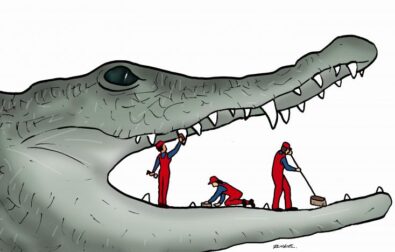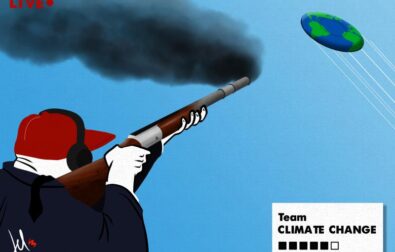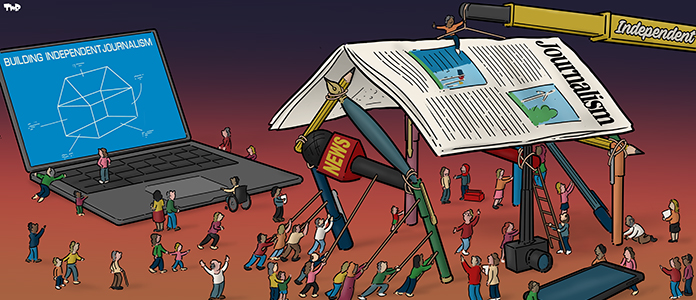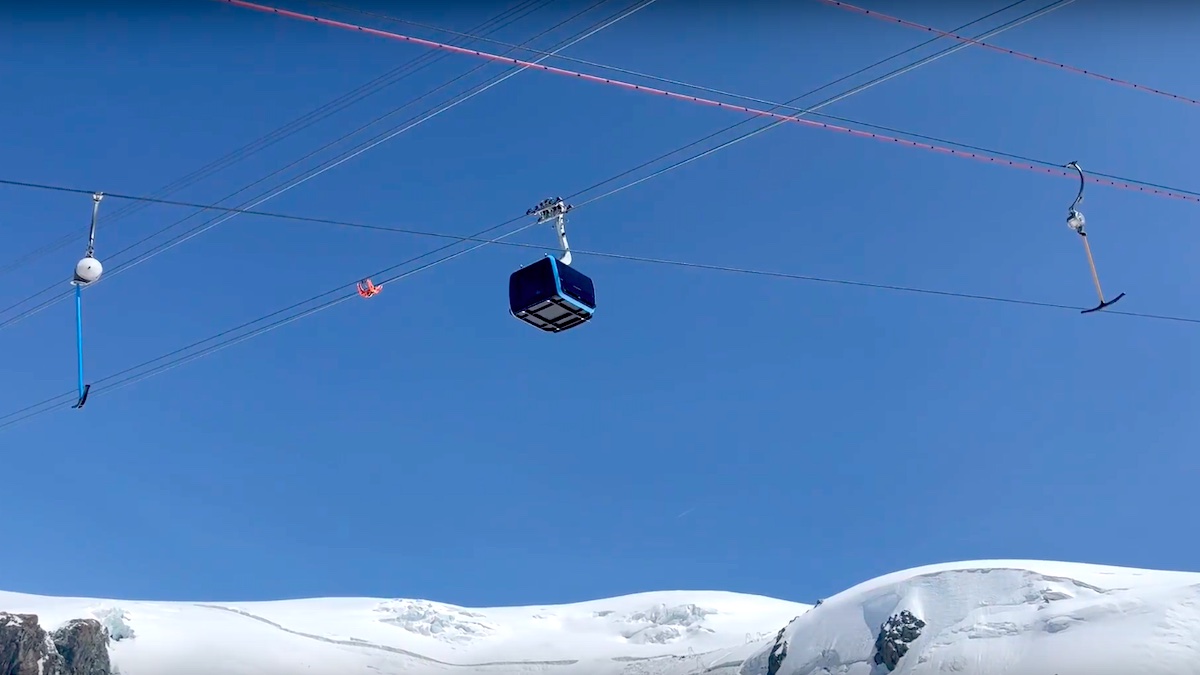The melting of Europe’s glaciers and permafrost is now an established fact. It is already taking a major toll on local communities, whether through depopulation or because of its effects on tourism. We report from Cervinia and Pietracamela (Italy), Chamonix (France), Zermatt (Switzerland) and the Zugspitze (Germany) on the various approaches to tackling the problem.
Caused by rising temperatures due to global warming, the melting of European glaciers is already having serious impacts. Faced with a phenomenon that is now irreversible, the responses are diverse.
To tell the story, we went to a few locations that illustrate different ways of coping with the current and coming upheavals: Pietracamela, in Italy’s Abruzzo region; Zermatt and Cervinia, at the foot of the Matterhorn, straddling Switzerland and Italy; Chamonix, a French resort next to the Mont Blanc; and the Zugspitze, the highest mountain in Germany.
In Abruzzo, a glacier melts and a community evaporates
In the previous part of our report, we looked at how a community in central-southern Italy, Pietracamela, is facing up to the melting of "its" glacier.
Pietracamela is a village in the Abruzzo region, at the foot of the last glacial system in Italy's Apennines. This community, located in a protected area in Teramo province, is undergoing such a population crisis that its very survival is threatened. From 1,389 inhabitants in 1951, it is now down to 300, but that is only in theory: in fact, fewer than 30 residents live continuously in Pietracamela.
On the slopes of the Gran Sasso, the highest mountain in the Apennines, the Calderone has ceased to be a glacier. In parallel, the human community is disappearing at practically the same rate.
Is tourism the answer? The examples of Cervinia and Zermatt
A contrasting case is that of Zermatt, Switzerland. The tourist resort in the shadow of the Matterhorn continues to expand. It never stopped investing in infrastructure, which has brought new influxes of people, especially wealthy foreigners. This is reflected in a key indicator: the value of real estate.
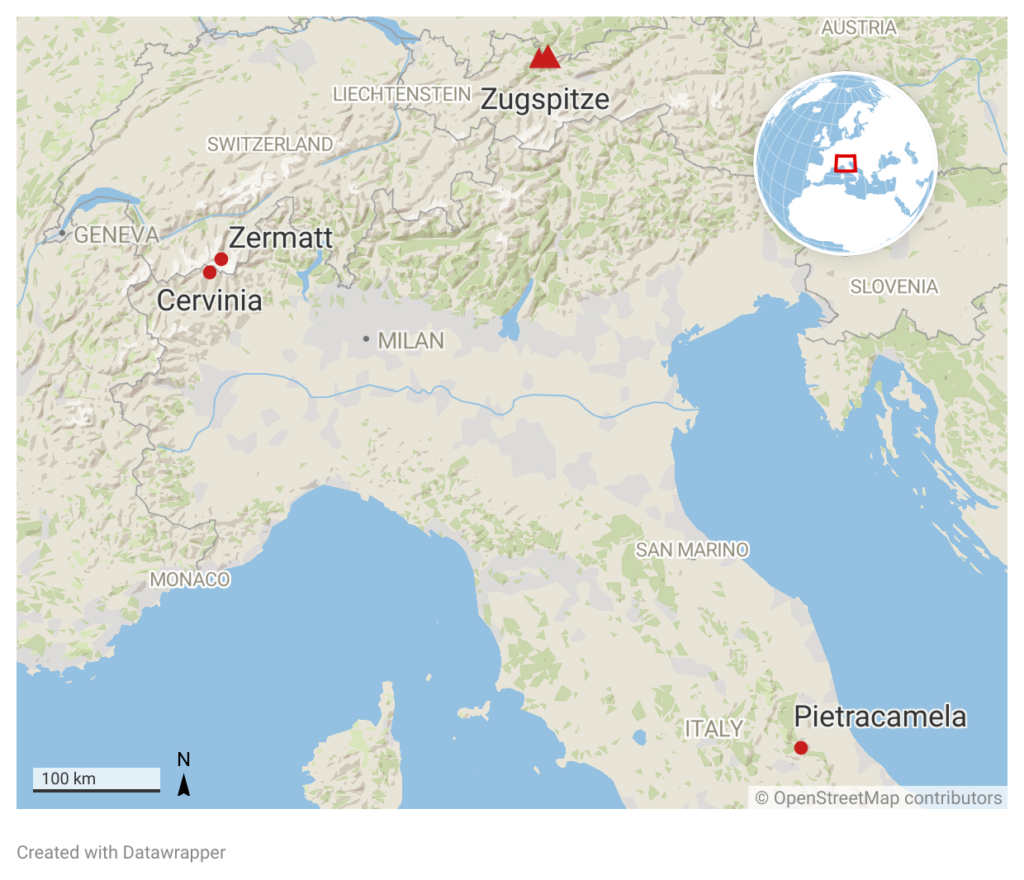
While in Pietracamela the value of houses is at an all-time low, in Zermatt it has skyrocketed. Zermatt is the second most expensive municipality in Switzerland after Zurich, and about 50 percent more expensive than the well-known Davos. The cost of an apartment now starts at CHF 14,000 (about € 14,600) per square metre, rising to over CHF 25,000.
Over in Italy, Cervinia is only ten kilometres from Zermatt. It is even closer to the Teodulo glacier, whose melting is forcing Switzerland and Italy to redraw their border in the Testa Grigia/Plateau Rosa region. Cervinia is also halfway between Zermatt and Pietracamela in terms of social and economic dynamics: it has a real-estate market that is growing modestly after years of difficulties exacerbated by the pandemic.
"The property market has picked up. New properties cost €9,000 per square metre, with peaks at €12,000. Second-hand property is around five to six thousand euro per square metre. Prices have risen since the pandemic. There is the expectation and hope that Cervinia will develop in the coming years", observes Davide Brunori, head of the local Engel&Völkers real estate office.
This context has an impact on construction activity: at the time of our visit, there were three cranes in Cervinia, busy with the renovation of as many buildings. Meanwhile at least 16 were in operation in the neighbouring Swiss municipality, most of them used for new construction. "That is not an unusual number [16 cranes]. Major development in the city took place in the 1980s and 1990s. Since then there has been strong demand for houses and flats," says Romy Biner, mayor of Zermatt.
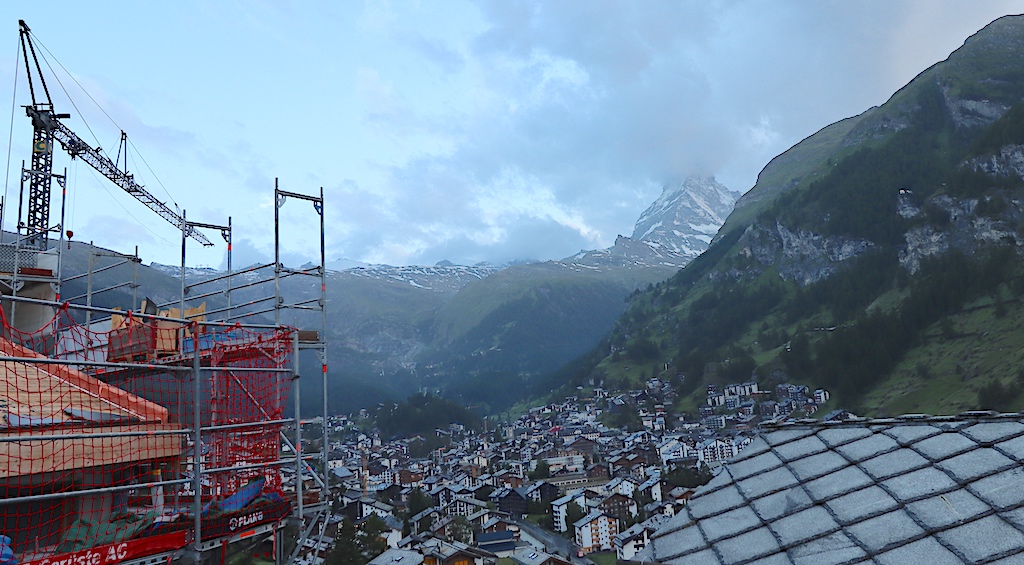
The Swiss town is also investing in infrastructure to fortify itself against climate change: "We are working to improve protection against avalanches and floods, and to increase the supply of electricity with new hydroelectric plants. To cover the need for drinking water, we are building an additional reservoir", Biner told us.
Both these communities – Cervinia in Italy and Zermatt in Switzerland – report excellent tourist numbers. "For our bar, last year's revenues were the best in the last 12 years," said Berry Pfennings, a waiter at Edward's Bar in Zermatt, on the first weekend of the summer season in mid-June. There were similar comments from other hoteliers and tour operators in Cervinia. But while Cervinia remains mostly a ski resort, Zermatt has also concentrated on summer tourism, whose turnover has now caught up with the winter kind.
Indeed, Zermatt is one of the few European resorts where it is possible to ski in summer. Many tourists prefer hiking, and Asian visitors are often content to spend a few days in a mountain village. Local hotels report that 49.7 percent of tourists now arrive in summer, the rest coming in winter.
Zermatt is also preparing for the eventuality that summer skiing becomes impossible due to the disappearance of the glaciers. It is a very plausible scenario.
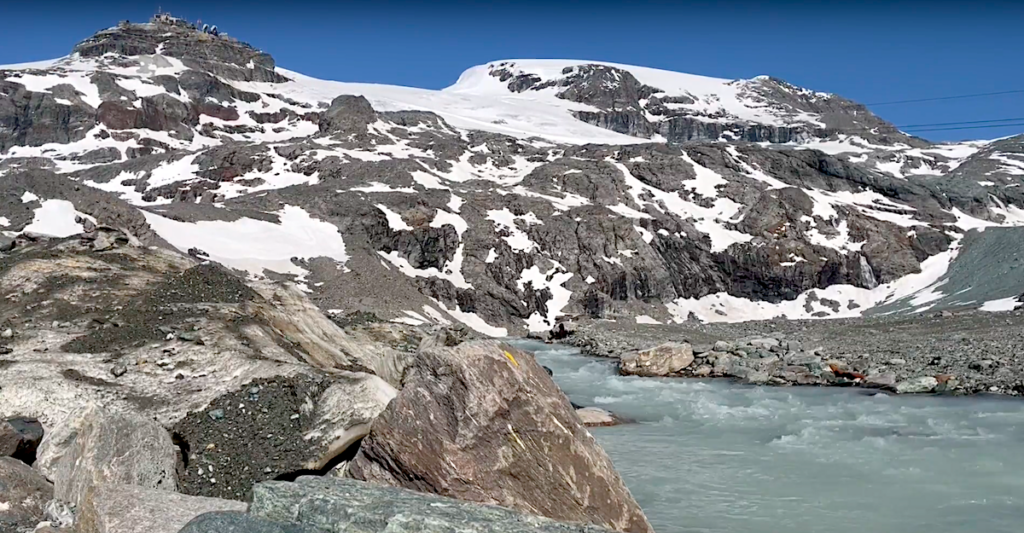
"We currently have 1,400 glaciers in Switzerland, many of them small. Small glaciers are the first to disappear. In the last 30-40 years alone, we have lost about 1,000 glaciers. Many did not even have a name. But now we are losing glaciers that are considered important," explains Matthias Huss, head of the Swiss Glacier Monitoring Network (GLAMOS) at ETH Zurich.



